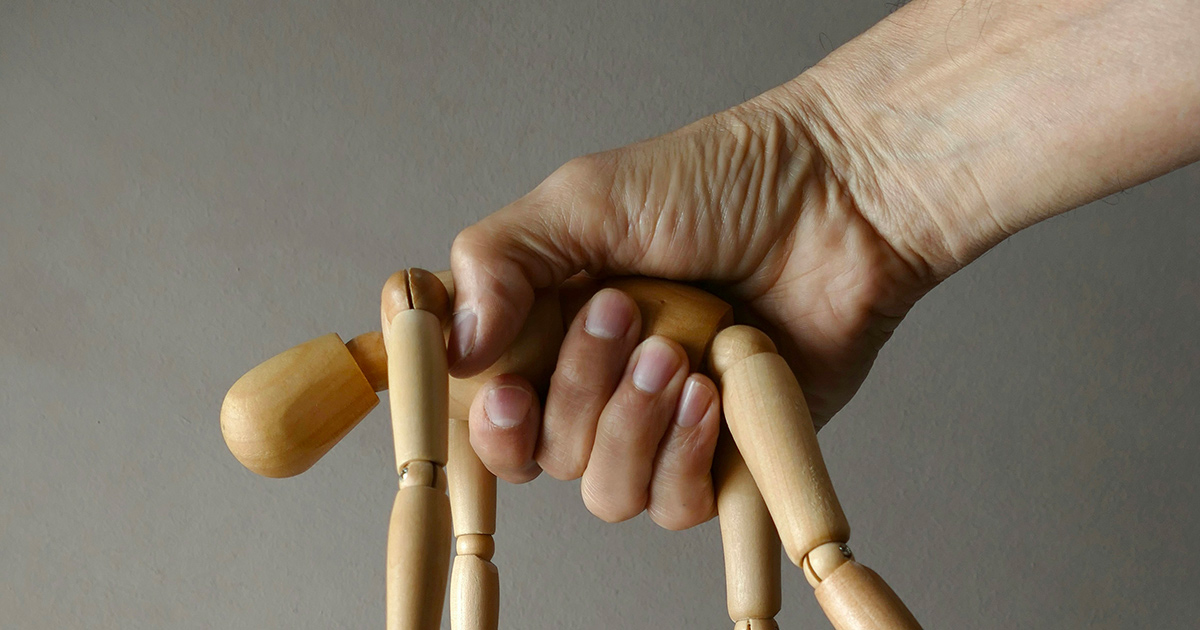From people to objects: the role of sexual objectification in gender-based violence

Imagine interviewing 10 women. How many will tell us that they are well aware of that leering gaze on their bodies? Probably all of them. This is an experience that marks women on a daily basis; men not as much. Five of them might also tell us that they have experienced sexual harassment, some verbal (e.g., unsolicited appreciations on the street) and other physical (e.g., groping). All of them have, therefore, suffered a form of sexual objectification, that is, they have been reduced to mere bodies or sexual instruments for the pleasure of others.
As mentioned in the previous article, the sexual objectification of women is one of the consequences of gendered socialisation, which supports the dominant position of men over women: from an early age, girls are encouraged to invest in their appearance in order to be attractive to men, and at the same time, boys are encouraged to think of women as objects of sexual conquest and consumption. Therefore, while this inherently objectifying culture teaches women to measure their worth only by their bodies, with negative consequences for their mental and physical well-being, it also influences the way women are perceived and treated.
"To objectify," is, in fact, not just a metaphor. When we focus on women's bodies, such as when we observe a woman in a bikini or in a suggestive pose, we tend to literally perceive them as objects at a neural level. Not only that, we tend to attribute less human qualities, such as competence and morality, to them - a process called "dehumanisation." As a result, just as if they were objects, we think that objectified women are less sensitive to pain and we feel less empathy towards them, especially when they are suffering.
It may not be surprising to the reader that dehumanisation and reduced empathy for victims are central mechanisms in any form of violence and aggression. This is why a sexually objectifying society is a society complicit in gender-based violence, from its everyday forms (such as sexual harassment) to its most extreme forms (such as rape). In fact, the more men dehumanise women or find it acceptable to sexually objectify them, the more likely they are to be violent, to harass, and to commit domestic violence toward them. For example, the more men believe that their partner is a sex object, the more likely they are to coerce her to have sexual intercourse, through threats or psychological manipulation.
Thinking of women as sexual objects does not influence only potential perpetrators of violence. On the contrary, it influences thoughts and behaviours of all people who witness or learn about violence, whether directly or indirectly. When victims are objectified, such as when they are depicted in low-cut or tight clothes within news reports, we tend to judge them more negatively, and violence against them is legitimised in several ways. On the one hand, it is downplayed: sexual violence is thought to not be such a traumatic event for the victim, in line with what was said earlier about pain and empathy. On the other, the victim tends to be held more responsible for the violence she has experienced - a phenomenon known as victim blaming. In other words, her physical appearance or some of her actions are thought to have somehow caused the violence, while the perpetrator is given less responsibility. This, in turn, reduces the willingness to help the victims. For example, in an Italian study, participants read a domestic abuse news story that included a photo of the victim. They were then asked to imagine what they would have done if they had heard the victim's cries for help. When the photo depicted the victim in low-cut, tight-fitting clothes, participants were less likely to call the police or support her. Thus, this triggers a process of secondary victimisation, in which the person in addition to being a victim of violence is also discredited, left alone, and treated with less dignity.
The media play a key role in contributing to a society in which gender-based violence is deemed acceptable because they not only reflect, but also shape the way we view social roles. Media often portray women in sexualized ways, reinforcing the idea that they are sex objects and that all women (sexualized or not) can be treated as such. Indeed, porn consumption is associated with more positive attitudes towards sexual coercive tactics (e.g., trying to get the victim drunk). However, frequent consumption of these media is not necessary: a brief exposure to sexualizing movies, video games, or sports programs may be sufficient to increase victim blaming, to discourage help towards victims, and to make men more likely to harass. A study conducted by researchers at the University of Padua showed, for example, that a sample of men behaved in a more harassing manner toward an unknown woman after watching sexist and sexualized TV programs rather than non-sexualized programs (e.g., a nature documentary).
Thus, it becomes important to address media in order to work on potential solutions: in particular, to work on how media are consumed, with the goal of fostering greater awareness of how they can affect us. Readers will certainly have occasionally spent hours in front of the TV or on social media as a form of escapism, or in other words to "turn off the brain." This makes us particularly susceptible to the content that the media puts forth - including objectifying content. For this reason, it is important and especially effective to train youth and adults to consume media content critically rather than passively, for example through media literacy interventions.
However, as seen above, sexual objectification and gender-based violence are often the result of rigid internalisation of social norms related to gender and sexuality. Therefore, to achieve real and lasting social change, we need to work on them. A first step is to adopt inclusive language, as we will see in the next article. It is also crucial to educate boys and girls about affectivity, sexuality, and relationships from an early age: in this way, they will grow up with a less rigid and healthier definition of masculinity and femininity, with significant impacts on their well-being and future society.









